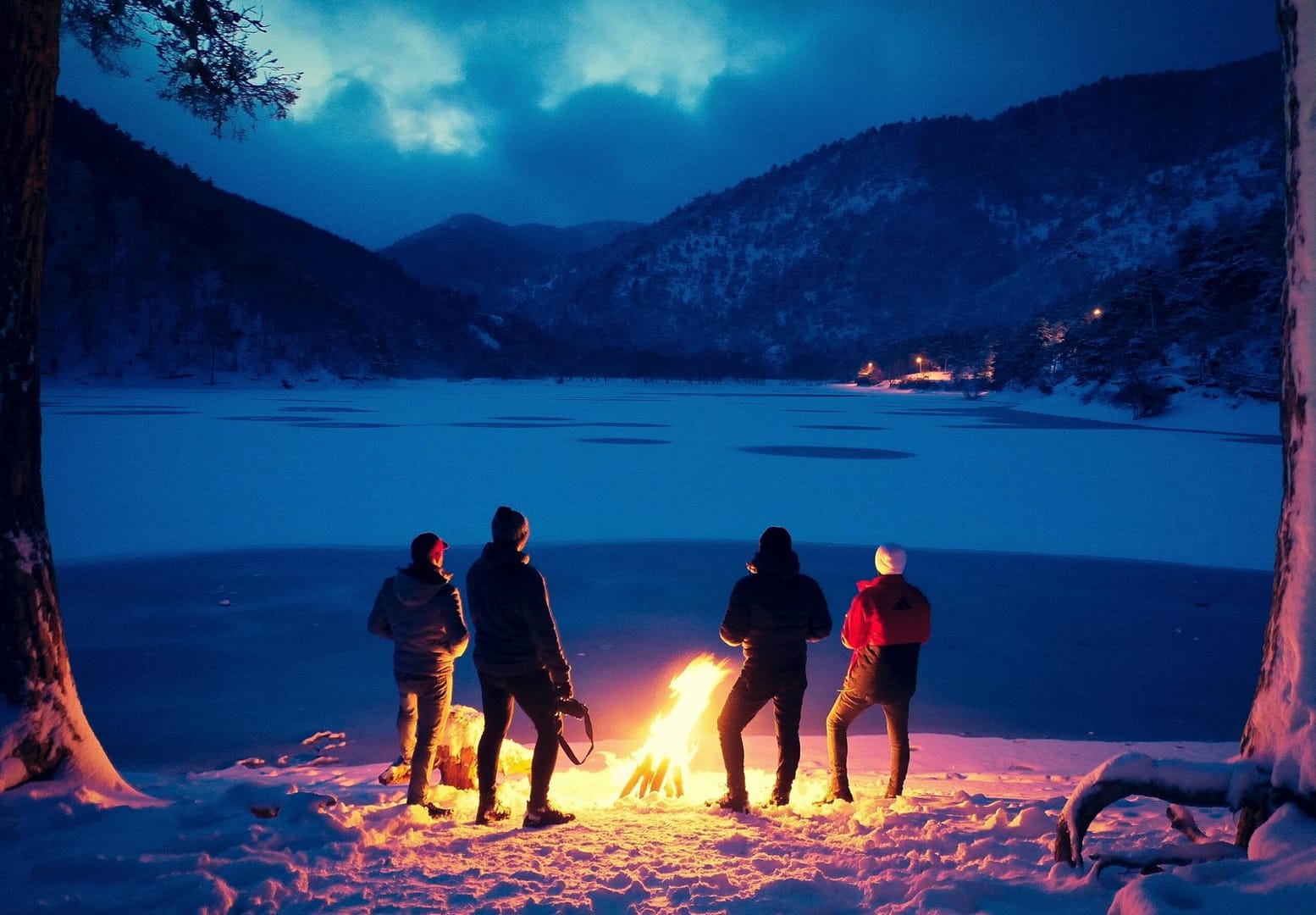How to Choose the Best Camping Stove for Your Next Adventure
Camping stoves are essential gear for anyone who loves to enjoy a hot meal or drink in the outdoors. Whether you’re car camping, backpacking, or tailgating, a good camping stove can make your trip more comfortable and enjoyable. But how do you choose the best camping stove for your needs? Here are some factors to consider:
Number of Burners
The number of burners on a camping stove determines how many pots or pans you can cook with at the same time. If you’re camping solo or with a partner, a single-burner stove may be enough for your basic cooking needs. However, if you’re camping with a larger group or want to prepare more elaborate meals, you may want to opt for a two-burner or even a three-burner stove.
Some examples of single-burner stoves are the Coleman Bottletop Propane Camping Stove1 and the AOTU Portable Camping Stoves Backpacking Stove2. These stoves are compact, lightweight, and easy to set up. They are ideal for boiling water, making coffee, or heating up soup.
Some examples of two-burner stoves are the Eureka! Ignite Plus Portable Two-Burner Camping Stove3 and the Camp Chef Everest 2X4. These stoves are more powerful, stable, and versatile than single-burner stoves. They can handle larger pots and pans, and allow you to cook different dishes simultaneously. They are great for frying eggs, grilling burgers, or making pancakes.
Some examples of three-burner stoves are the Fineflame Camping Stove 3 Burner5 and the Coleman 3-in-1 Stove. These stoves are the most spacious, robust, and multifunctional of all camping stoves. They can accommodate a variety of cookware, and offer different cooking options such as grilling, griddling, or baking. They are perfect for feeding a crowd, roasting chicken, or baking pizza.
BTU Output
The BTU (British Thermal Unit) output of a camping stove measures how much heat it can produce. The higher the BTU output, the faster and hotter the stove can cook. However, higher BTU output also means higher fuel consumption and lower simmer control. Therefore, you need to balance the BTU output with your cooking needs and preferences.
For example, if you mainly need to boil water quickly, you may want a stove with a high BTU output, such as the Camp Chef Explorer 14, which has 30,000 BTU per burner. However, if you need to simmer sauces or soups, you may want a stove with a lower BTU output, such as the Coleman Classic Propane Stove, which has 10,000 BTU per burner.
Fuel Type
The fuel type of a camping stove affects its performance, cost, and environmental impact. The most common fuel types for camping stoves are propane, butane, and wood.
Propane is the most popular fuel type for camping stoves, as it is widely available, affordable, and easy to use. Propane stoves typically use disposable canisters that attach to the stove with a hose or a valve. Propane stoves work well in cold weather, as propane has a low boiling point and does not freeze. However, propane stoves can be bulky, heavy, and wasteful, as the canisters are not refillable and must be disposed of properly.
Butane is another common fuel type for camping stoves, as it is also cheap, convenient, and efficient. Butane stoves usually use small canisters that screw onto the stove directly. Butane stoves are more compact, lightweight, and portable than propane stoves. However, butane stoves do not perform well in cold weather, as butane has a high boiling point and can freeze. Moreover, butane stoves have the same environmental drawbacks as propane stoves, as the canisters are not reusable and must be recycled.
Wood is a natural and renewable fuel type for camping stoves, as it can be sourced from the surroundings or brought from home. Wood stoves use twigs, branches, or pellets as fuel, and produce a cozy and aromatic fire. Wood stoves are eco-friendly, as they do not produce any waste or emissions. However, wood stoves can be messy, smoky, and hard to control, as the fire depends on the quality and quantity of the wood. Furthermore, wood stoves may not be allowed in some areas due to fire restrictions or regulations.
Other Features
Besides the number of burners, BTU output, and fuel type, there are other features that can enhance the functionality and usability of a camping stove. Some of these features are:
- Ignition system: Some stoves have a built-in ignition system that allows you to light the stove with a push of a button, without the need for matches or lighters. This is a convenient and safe feature, especially in windy or wet conditions. However, the ignition system may fail or break over time, so it is always good to have a backup option.
- Windscreen: Some stoves have a windscreen that protects the flame from the wind, which can affect the cooking performance and fuel efficiency of the stove. A windscreen can also prevent the flame from spreading or causing accidents. However, a windscreen can also add weight and bulk to the stove, and may not fit all types of cookware.
- Carrying case: Some stoves come with a carrying case that makes it easier to transport and store the stove. A carrying case can also protect the stove from dust, dirt, or damage. However, a carrying case can also take up space and add weight to your gear.







